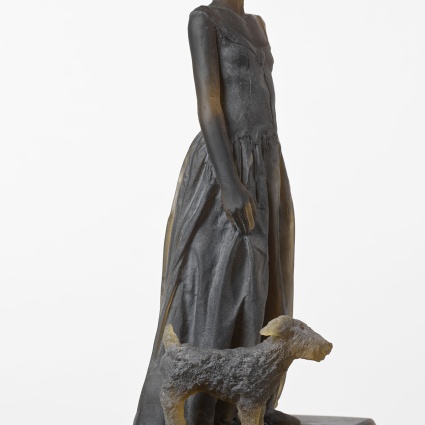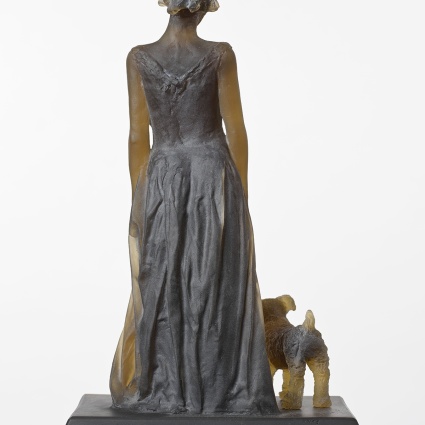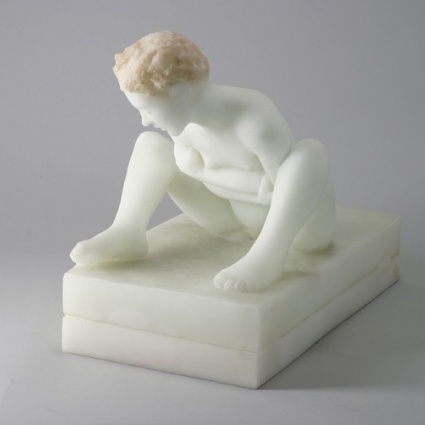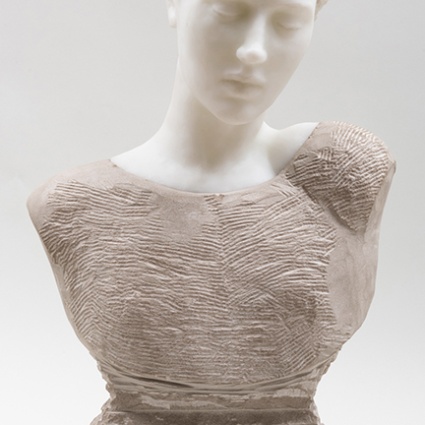Nicolas Africano
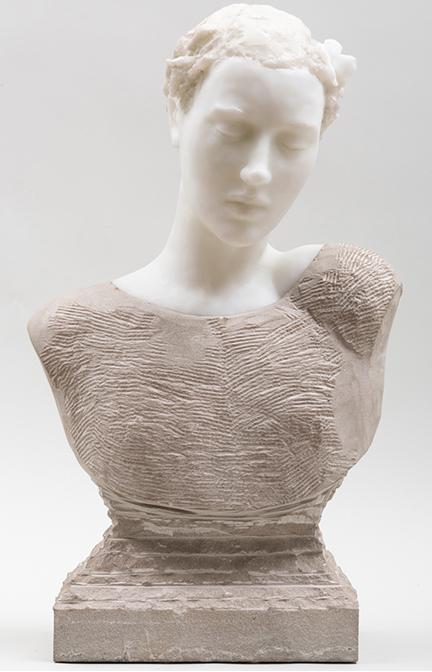
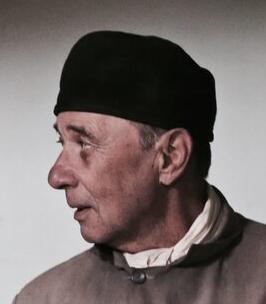
Nicolas Africano
Nicolas Africano was born in Kankakee, Illinois in 1948. Since the 1960’s he has lived and worked in Normal, Illinois.
Africano’s cast glass figure sculptures, while clearly contemporary, reflect an air of classicism in their stance, posture, dress and mien. The subject of his sculptures for the past several years has been his wife and muse, Rebecca. He paints her and sculpts her in different states of dress and undress. She is often in a state of private reflection, closed within her being, yet looking out to the world as if seeing eternity. Sometimes she gazes straight forward, at others her eyes are closed in thought. The figures wear long, classic, simple dresses painted in glass enamel paint, a gossamer whisper of a color, or leotards-wrinkles and all-of translucent gray glass, when they do not appear in their exquisite opalescent whiteness as nudes.
While Rebecca is the subject and object of the figures, Africano’s inner concerns are the hidden or silent subject of each of his sculptures, paintings, and drawings. The sculptures are as much about identity and gender roles as they are about beauty in its most sincere form.
In the 1970s, Africano became known for his large-scale paintings with tiny figures of scenes from the artist’s life in wax relief, set against a background of uniform color. The artist was inspired at this time by narratives from the world of dance, music, and literature, such as the ballet Petrouchka and Robert Louis Stevenson’s “The Strange Case of Dr. Jekyll and Mr. Hyde.” Through his paintings, he was exploring his own life. In the mid-1980s, his involvement with glass began, as did his creation of cast-glass sculpture.
Using the lost wax technique-primarily reserved for bronze, Africano cast his glass sculptures from intimate scale (approximately 24 inches in height) up to full scale, life-size figures. He works in white or opalescent glass as well as in colored glass. He continues to work on the sculptures after they are cast, cold working them-a form of sculpting or carving in glass and painting them in enamel paint to breathe life into them, defying the hard surface of the material, turning the figures into soft, sentient beings.
